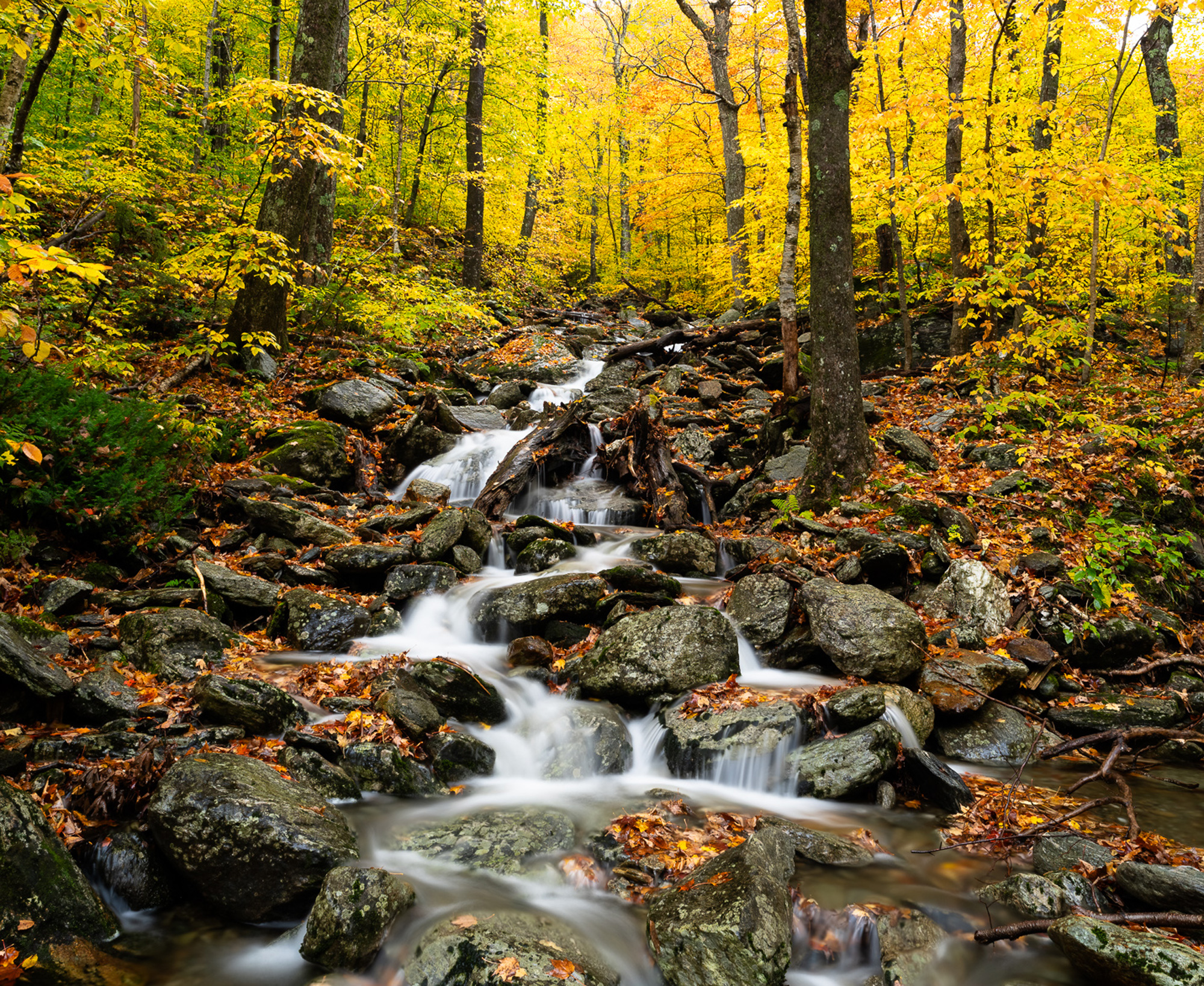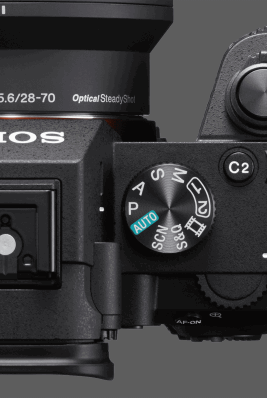Sony Alpha cameras give you access to an incredible range of lenses that cover just about every situation a traveler might face, from sweeping landscapes to fast-paced street scenes, distant wildlife to low-light portraits. The beauty is in the system’s versatility: you can go lightweight with a single all-rounder lens, or build a compact kit that covers wide, mid, and telephoto without breaking your back or your budget.
As a travel photographer, my gear has to work as hard as I do. One day I might be chasing sunrise over sand dunes, and the next I’m squeezing through a bustling market in some far-off city trying to capture the energy without missing a beat. Over the years, I’ve learned that choosing the right lenses for travel isn't just about sharpness or specs, it’s about flexibility, weight, and being ready for anything that unfolds in front of you.
When I first started getting serious about travel photography, I quickly learned that finding the right balance with lenses was just as important as choosing the right camera body. I was using a Sony Alpha camera, and while the body was compact and capable, the real challenge was building a lens setup that was both versatile and creatively inspiring, without being a burden.
I have been using Zeiss lenses from when I started using the original Sony A7R. From the first few frames, I was hooked. The way the Zeiss glass rendered light and contrast felt different, more intentional, more expressive. It wasn’t just technically sharp; it had soul. The Zeiss 35, 55 and 85mm prime lenses are still in my rotation.
As I traveled more and grew as a photographer, my kit evolved. I started leaning on zooms for flexibility and faster autofocus options for street and wildlife work. But through all the changes, that Zeiss look remained a constant in my lineup. I realized that for me, great travel photography was about more than just coverage—it was about gear that helped me tell stories the way I saw them.
Now, my setup is a careful mix: responsive, high-quality lenses that perform reliably in fast-moving situations, paired with select glass—like my Zeiss lenses—that bring a personal, creative touch to my images. It’s a balance that took time to find, but one that continues to shape the way I shoot and see the world.
I suggest to anyone looking at building their collection of lenses to try different lenses and see which ones are better aligned with your creative process and style.
In this guide, we’ll explore the best Sony-native lens options specifically for travel photography, based on real-world needs: portability, image quality, versatility, and environmental adaptability.
What to Look for in a Travel Lens
Not all lenses are created equal, especially when you’re living out of a backpack and moving between diverse environments. The ideal travel lens setup strikes a balance between quality and flexibility.
Key Considerations:
- Portability: Compact and lightweight for ease of carry.
- Versatility: Wide zoom ranges or multi-use primes reduce the need for switching lenses.
- Low-Light Performance: Essential for interiors, dusk, and night photography.
- Weather Sealing: A must-have for unpredictable climates.
- Autofocus Speed: Quick and reliable for candid moments or wildlife.
In general, prime lenses and larger maximum aperture lenses (e.g. f1.8 and f2.8) are faster to focus as they let in more light for the camera’s autofocus system to work more efficiently. The trade off however is that the lens usually increases in size and cost.
Let’s dive into the best Sony-branded options across categories.
1. All-in-One Zoom: Sony 24-105mm f/4 G OSS
If you're looking for a single lens to handle the majority of your travel shots, the Sony FE 24-105mm f/4 G OSS is hard to beat.
Why It’s Great:
- Covers wide-angle to short telephoto.
- Constant f/4 aperture across the range.
- Optical SteadyShot (OSS) helps with handheld stability.
- Lightweight compared to higher-end f/2.8 zooms.
Best For:
- Travellers who want flexibility without changing lenses.
- Great for street photography, landscapes, portraits, and close-ups.
Pair this with a small fast prime for low-light or more creative depth-of-field shots, and you’ll be well-prepared for most situations.
2. Wide-Angle Lenses: Landscapes, Architecture, and Interiors
Wide-angle lenses are essential when shooting open vistas, tight interiors, or dramatic skies. A wide angle lens is essential for compositions where there are compositions full of details.
Sony 16-35mm f/4 PZ G
- Power zoom design ideal for both photo and video.
- Compact and weather-sealed.
- Sharp edge-to-edge, even at wider focal lengths.
This lens is perfect for urban exploration, hiking in national parks, or capturing wide interiors like cathedrals or temples.
Sony 16-35mm f/2.8 GM II
- The ultimate wide-angle zoom in Sony's lineup.
- Faster f/2.8 aperture ideal for low light and creative depth of field.
- Exceptional corner-to-corner sharpness and reduced distortion.
- Weather-sealed and relatively compact for a pro-grade lens.
This lens is the best high-end option for professionals and advanced enthusiasts looking for top-tier image quality and performance.
Sony 20mm f/1.8 G
- Lightweight prime with exceptional sharpness and low-light performance.
- Ideal for astrophotography, night scenes, and walk-around shooting in tight spaces.
Best For:
- Landscape shooters, architectural photographers, and vloggers.
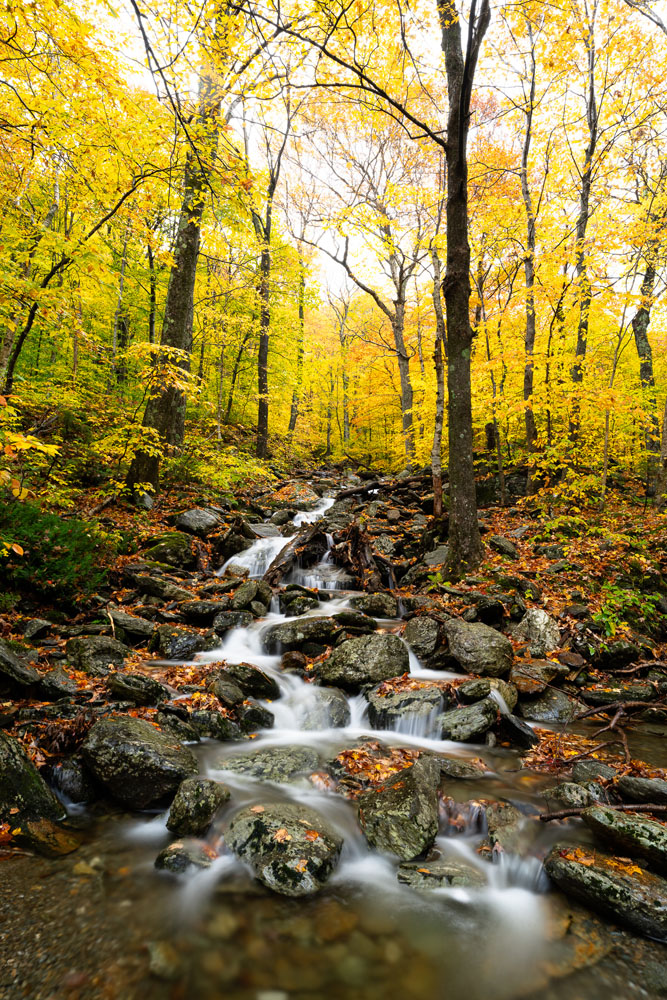
3. Standard Zooms: The Everyday Workhorse
A standard zoom is the most balanced and commonly used lens for travel. It gives you flexibility for everything from wide scenes to portraits and details. This focal range is great for dynamic scenes where the elements can be moving and you need to adjust quickly. If I was walking into a new situation with a lot of unknowns, this would be my go to lens.
Sony 24-70mm f/2.8 GM II
- One of the sharpest zooms Sony has made.
- Constant f/2.8 aperture for excellent low-light performance.
- Compact for a pro-level lens and weather-sealed.
If weight or price is a concern, the Sony 28-70mm f/3.5-5.6 OSS is a decent lighter alternative, though it sacrifices aperture and edge sharpness.
Best For:
- Travellers who prioritize high-quality images and fast performance in dynamic environments.

4. Prime Lenses: Compact, Sharp, and Creative
Prime lenses are often more portable and faster than zooms, making them ideal for both casual and creative shooting during travel.
Sony 35mm f/1.8
- Natural field of view.
- Lightweight and fast aperture for low light and street photography.
- Excellent subject isolation.
Sony 55mm f/1.8 ZA (Zeiss Sonnar T*)
- Superb sharpness and rendering.
- Fantastic for portraits, details, and everyday moments.
Both of these lenses are compact enough to keep mounted while walking through city streets, markets, or festivals. They’re especially great for capturing a sense of place and intimacy in your travel shots.
Best For:
- Street photography, food, environmental portraits, and low-light scenes.
5. Telephoto Lenses: Reach, Compression, and Versatility
Though often overlooked in travel kits due to their size, telephoto lenses open creative possibilities that wide and standard lenses can’t. They allow you to isolate distant subjects, compress scenes for dramatic landscapes, and photograph wildlife or candid moments from afar.
Sony 100-400mm f/4.5-5.6 GM OSS
- Pro-level sharpness and resolution throughout its zoom range.
- Fast, quiet autofocus, ideal for wildlife, sports, and action shots.
- Optical SteadyShot (OSS) stabilizes handheld shooting at long focal lengths.
- Weather-sealed for use in challenging environments.
This lens is a go-to for serious travel photographers heading to destinations like national parks, wildlife reserves, mountain landscapes, or large festivals. Despite its range, it’s relatively compact for a lens of this caliber and packs well in a padded travel bag.
Boosting Reach: Sony Teleconverters
Pair the 100-400mm GM with Sony’s native teleconverters to extend its reach even further:
- Sony 1.4x Teleconverter (SEL14TC)
➔ Converts 100–400mm to 140–560mm
➔ Only 1-stop light loss, with minimal image degradation - Sony 2.0x Teleconverter (SEL20TC)
➔ Converts 100–400mm to 200–800mm
➔ 2-stop light loss, best used in good lighting conditions
These are ideal if you're shooting distant wildlife, mountain peaks, or high-action subjects from afar, and don’t want to carry a separate super-telephoto lens.
Budget-Friendly Alternative: Sony 70-350mm f/4.5-6.3 G OSS
If you’re looking for telephoto reach on a budget, or want to save space and weight, consider the Sony 70-350mm f/4.5-6.3 G OSS. While it’s designed for APS-C cameras, it also pairs well with full-frame Sony bodies in APS-C crop mode, making it a versatile and affordable travel lens.
Key Advantages:
- Compact and significantly lighter than the 100-400mm GM.
- Excellent image quality across the zoom range for its class.
- Optical SteadyShot for handheld shooting.
- On an APS-C body (like the Sony a6400 or ZV-E10), it offers an equivalent 105–525mm focal range.
- On a full-frame body in APS-C crop mode, it maintains that 105–525mm reach, which is ideal for travel scenarios where packing light is key.
While it lacks the weather sealing and constant performance of the 100-400mm GM, it’s a fantastic option for those who want extended reach without breaking the bank or their back.
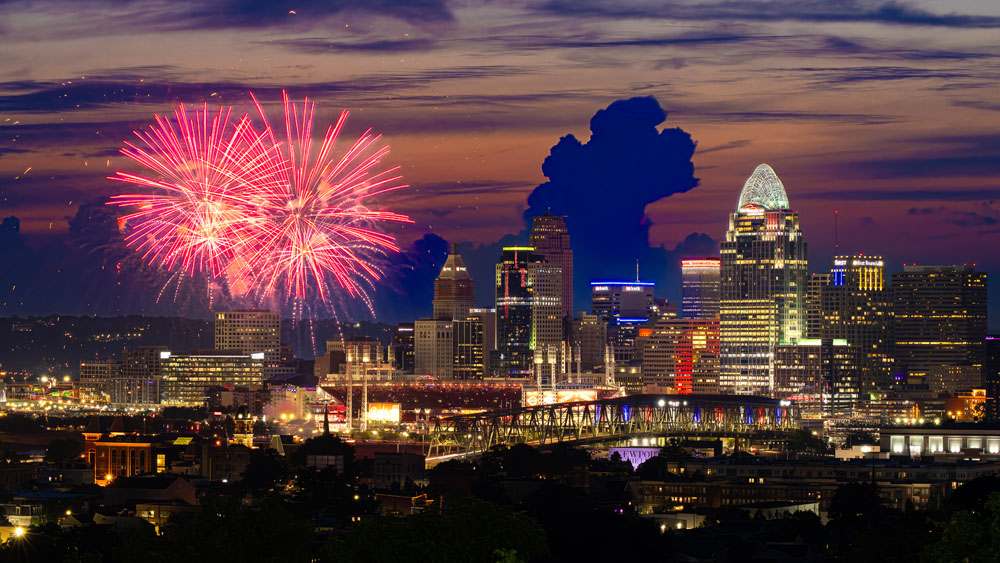
6. Astrophotography: Capturing the Night Sky
If your travels take you to dark sky areas or remote locations with minimal light pollution, a lens optimized for astrophotography can elevate your night shooting game. For shooting the Milky Way, I always recommend going as wide as possible, especially if you want to include some interesting foreground elements in your composition.
Sony 20mm f/1.8 G
- Widely regarded as Sony's best native lens for astrophotography.
- Fast f/1.8 aperture allows you to capture more light in shorter exposures.
- Minimal coma and distortion—stars remain sharp and round even at the edges.
- Light and compact, perfect for travel kits.
This lens is a top choice for photographing the Milky Way, star trails, and celestial events. It's also a strong all-around performer for landscapes and interiors, making it a great dual-purpose investment.
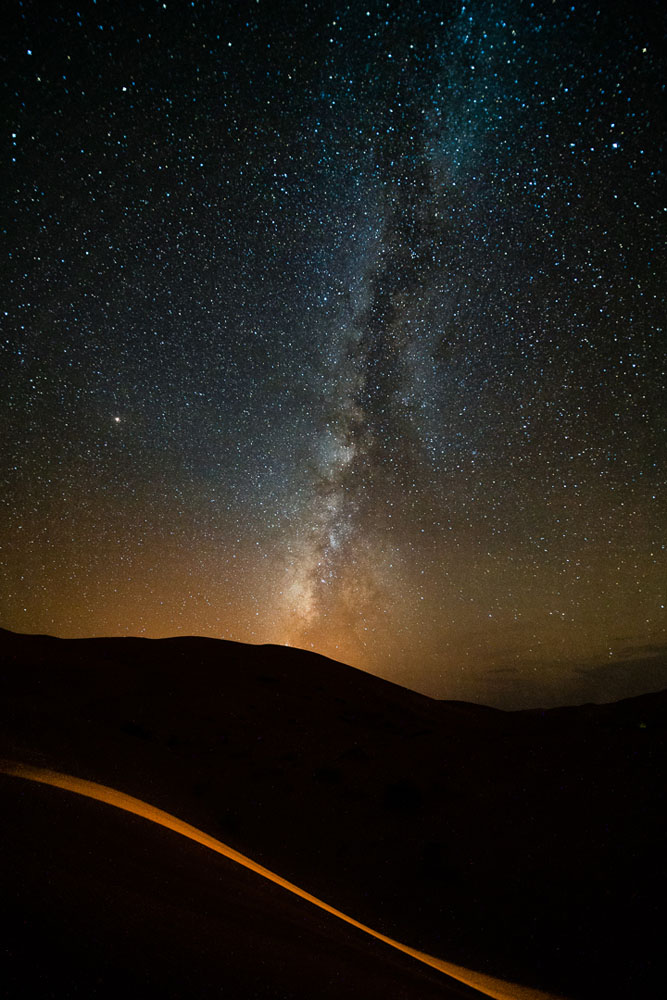
7. APS-C Options for Compact Sony Alpha Bodies
If you're using a crop-sensor Sony Alpha camera like the A6600, A6400, or ZV-E10, you’ll want lenses optimized for APS-C sensors.
Sony 18-135mm f/3.5-5.6 OSS
- Equivalent to 27-202 mm on full frame.
- Lightweight and versatile.
- Built-in stabilization makes it great for handheld travel shots.
Sony 16-55mm f/2.8 G
- Pro-quality standard zoom for APS-C users.
- Excellent sharpness and fast constant aperture.
- Ideal for those wanting full-frame-level quality in a compact system.
Best For:
- Lightweight travel setups, especially for vloggers or hybrid shooters using compact Sony Alpha bodies.
Travel Kit Recommendations by Style
To help you pack smart, here are curated Sony-only kits based on your photography preferences:
Minimalist Kit (1–Lens Solution)
- Sony 24-105mm f/4 G OSS (Full Frame)
- Sony 18-135mm f/3.5-5.6 OSS (APS-C)
Street & Cultural Focus
- Sony 35mm f/1.8
- Sony 55mm f/1.8 ZA
Landscape & Architecture
- Sony 16-35mm f/4 PZ G
- Sony 20mm f/1.8 G
Wildlife & Adventure
- Sony 100-400mm f/4.5-5.6 GM OSS
- Optional: 1.4x or 2.0x Teleconverter
- Sony 24-70mm f/2.8 GM II as general-purpose zoom
- Sony 70-350mm G (APS-C)
Astrophotography Traveler
- Sony 20mm f/1.8 G
- Sony A7S III or A7 IV for best low-light performance
Hybrid Shooter (Photo + Video)
- Sony 24-70mm f/2.8 GM II
- Sony 16-35mm f/4 PZ G
Final Thoughts
Sony’s lens ecosystem has given me the confidence to shoot just about anything while travelling—whether I’m exploring ancient ruins, capturing the rhythm of street life, or tracking wildlife out in the snow. For me, choosing the right lens isn’t about chasing the most expensive or biggest piece of gear. It’s about understanding what I need for the trip and matching my setup to my shooting style and the destination.
When I want flexibility without constantly switching lenses, the 24-105mm G OSS is my go-to, it strikes a great balance between range and quality. On more focused shoots, I often pair the 24-70mm GM II with the 100-400mm GM for a combo that covers everything from portraits to distant wildlife. And if I need just a bit more reach without packing extra glass, Sony’s teleconverters have really impressed me with their compact performance.
No matter where I’m headed next, I know my Sony Alpha lenses are up for the job, helping me tell the story in a way that feels true, creative, and reliable.



